Those new to motorcycle riding often become quite enthusiastic and excited when learning to ride, but the prospect of choosing a bike that will accommodate their skill level and their expectations can also be daunting. So where should they start? Here, we’ll show you some good beginner motorcycles by walking through the maze of options to help you choose a motorcycle that is simple, safe and reliable, understanding the various factors that make a good bike for someone who has never ridden before.
Table of Contents:
– What to look for in a beginner motorcycle
– The importance of motorcycle ergonomics for beginners
– Engine size and power for new riders
– Maintenance and reliability considerations
– Safety features and gear for beginner riders
What to look for in a beginner motorcycle
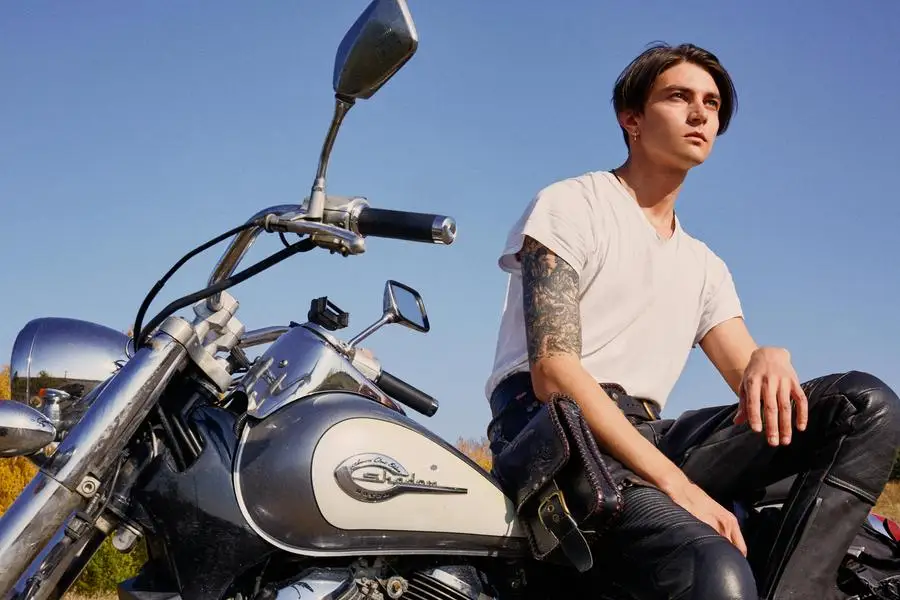
Choosing your first motorcycle is not just about looks; it’s about the bike’s practicality and ease of use. A bike that builds confidence in a beginner and enables them to develop skills slowly is a good beginner motorcycle. Ideally, a good beginner bike will be light. It will be easy to manoeuvre, especially in an emergency situation. Height also plays a big part here: being able to put both feet down is a great confidence booster.
The power delivery is important too, with a smooth and predictable engine another built-in handicap for novices. The bike should have enough power to keep the experience interesting but not so much that it’s terrifying. Finally, the fewer gadgets on the machine, the better; if you’re learning something new, you don’t want to have to understand a modern electronic suite as well.
The importance of motorcycle ergonomics for beginners
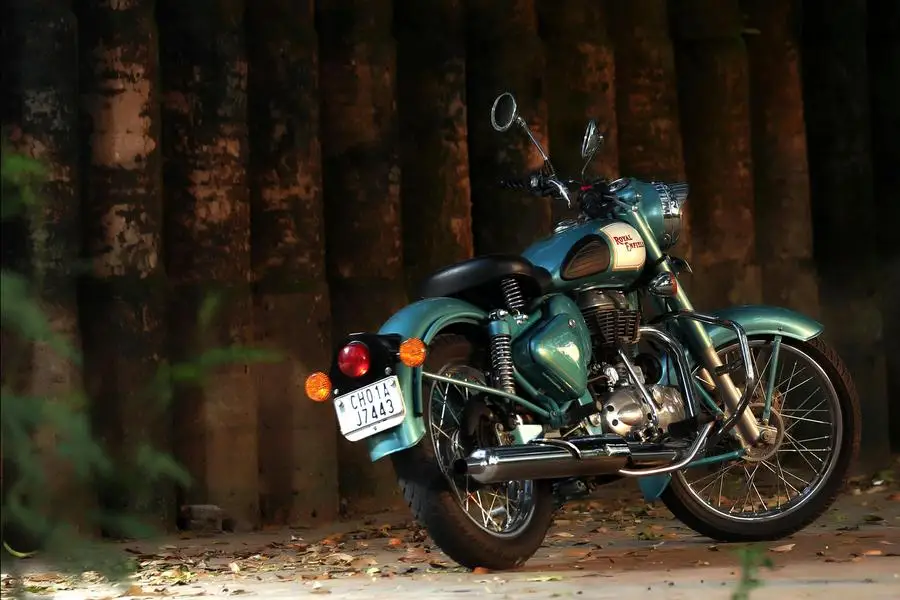
Ergonomics, the study of how people efficiently use equipment within their working environment, is especially applicable to motorcycles. For the novice rider, motorcycle ergonomics is of primary importance; the handlebars, seat and foot pegs must be clearly positioned so as not to overly load the back and neck or require extra effort. As a general rule, the most comfortable riding position is neutral, with the rider in an upright seated position.
Also, the controls – the brakes, clutch and throttle – should be in easy reach and take only a slight amount of effort to operate, both of which contribute to comfort and performance. Ergonomics can be a real deal-breaker, so test ride as many bikes as you can before making your final choice.
Engine size and power for new riders
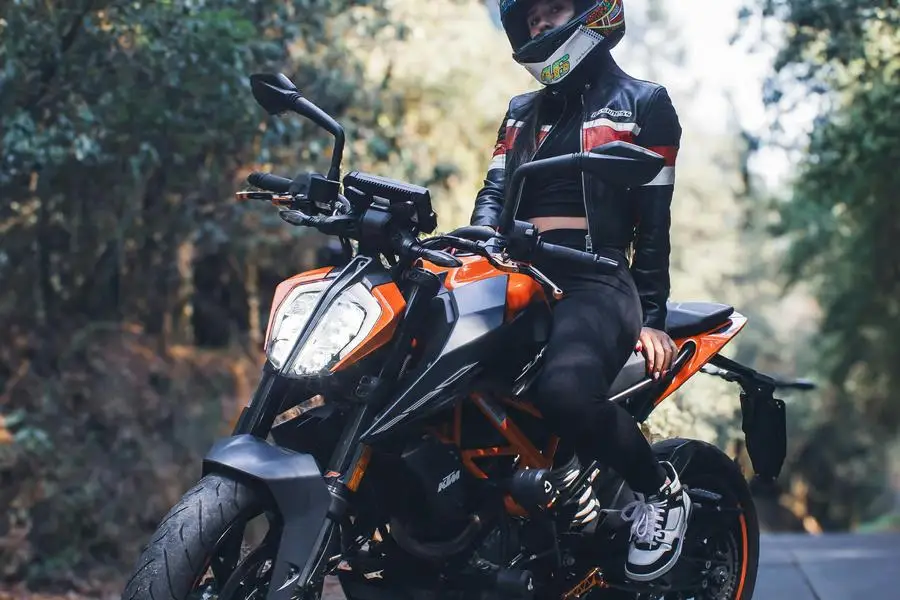
Engine size – how powerful the motorcycle is – is another important thing to consider. The conventional wisdom is that you should start on something smaller: 250cc to 500cc is a good range. You want enough power to have a fun experience on the bike, and yet you need to be able to control it, and be able to learn on a bike that’s less upset by mistakes, which are common in learning.
But the size of the engine chosen should also depend on the rider’s plans for its use. For city riding, where traffic is a common obstacle, a small engine on a motorcycle is a good choice: it is manoeuvrable and easy for the rider to control. For the person planning longer rides or going on the highway, a slightly bigger engine would be more appropriate since it will give the rider more stability for the highway as well saud power to make overtaking smoother and faster when the situation or other vehicles requires it. Another crucial factor, which is less commonly considered is fuel efficiency, which is generally better on motorcycles with smaller engines, making them a very inexpensive choice for the beginner.
Maintenance and reliability considerations
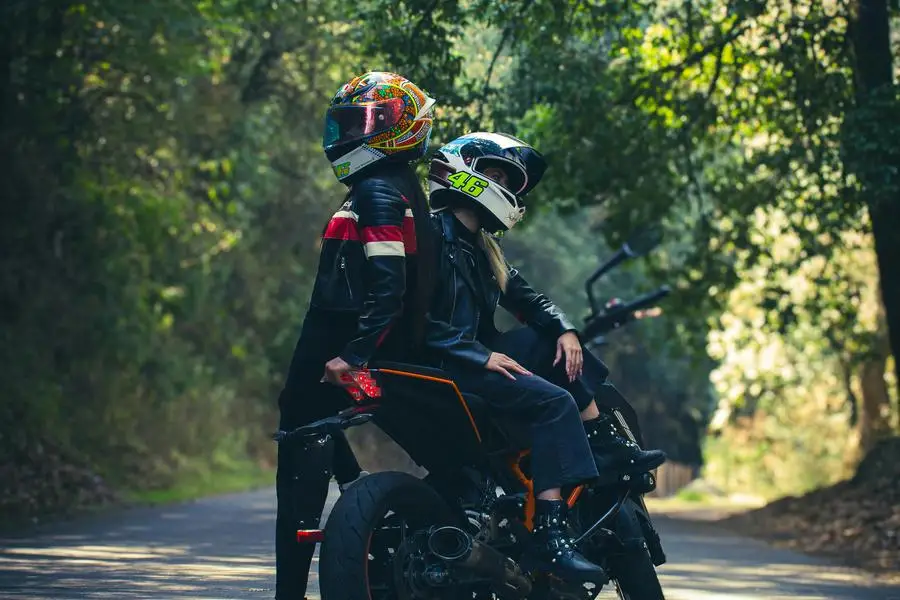
For novices, a low-maintenance, reliable bike that allows you to hone your riding abilities, rather than fiddle with the bike itself, is the way to go. Reliable motorcycles also tend to be less expensive to own.
Bikes with fewer electronics and gadgets are easier to maintain and repair, and motorcycles that are popular among newbies and enthusiasts alike have a greater availability of spare parts and a stronger support community. This can be invaluable for beginners in search of advice and help with maintenance and repair.
Safety features and gear for beginner riders
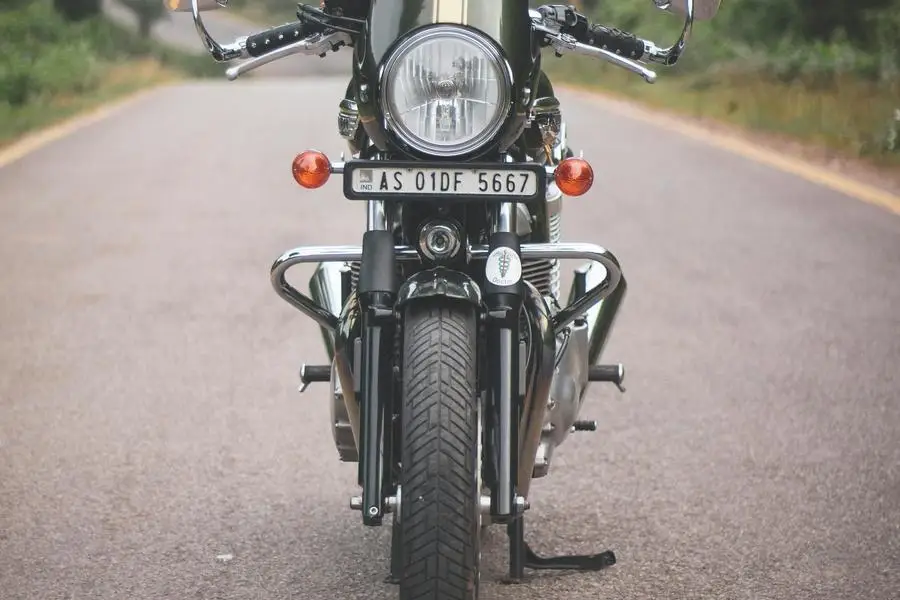
It is critical for the safety of all riders that beginners are the most protected. Motorcycles in the modern days are equipped with many safety features to help protect new riders. Anti-lock Braking System or ABS, which prevents a lock-up of the wheels during an emergency stop and allows the rider to continue steering, is a critical safety feature on modern bikes. Other features such as traction control and electronic stability control can help beginners control their bikes in challenging riding conditions.
And no matter how safe the motorcycle is, the gear that a rider chooses to wear is extremely important. A good helmet, combined with decent gloves, jacket, pants and boots, can dramatically lower the chance of injury in a crash. Any new rider trying to bank on luck for safety should spend whatever is possible on the best safety equipment they can afford, so they can worry less about the hows and whys, and concentrate on just learning how.
Conclusion
If you want to start your ride journey with the best possible foundation, make sure to pick a good beginner motorcycle. By paying attention to ergonomics and engine size, by focusing on maintenance and reliability, and by looking for safety features, you’ll be able to select a machine that offers a good balance between having fun and staying safe as a new rider. The journey of a thousand miles starts with one step – and, in this case, with one motorcycle that will help you gain confidence and experience slowly, one mile at a time.
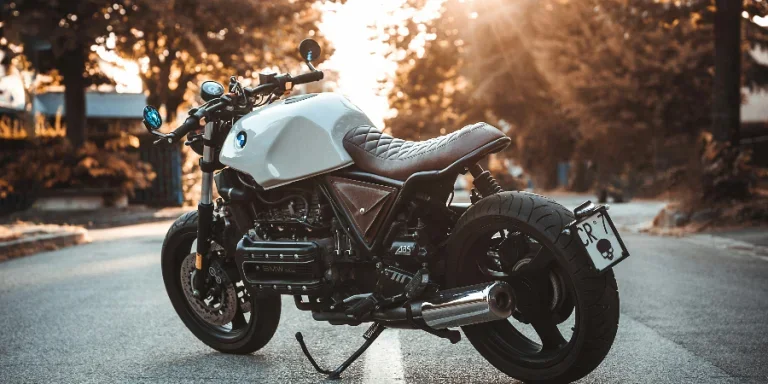




 Afrikaans
Afrikaans አማርኛ
አማርኛ العربية
العربية বাংলা
বাংলা Nederlands
Nederlands English
English Français
Français Deutsch
Deutsch हिन्दी
हिन्दी Bahasa Indonesia
Bahasa Indonesia Italiano
Italiano 日本語
日本語 한국어
한국어 Bahasa Melayu
Bahasa Melayu മലയാളം
മലയാളം پښتو
پښتو فارسی
فارسی Polski
Polski Português
Português Русский
Русский Español
Español Kiswahili
Kiswahili ไทย
ไทย Türkçe
Türkçe اردو
اردو Tiếng Việt
Tiếng Việt isiXhosa
isiXhosa Zulu
Zulu